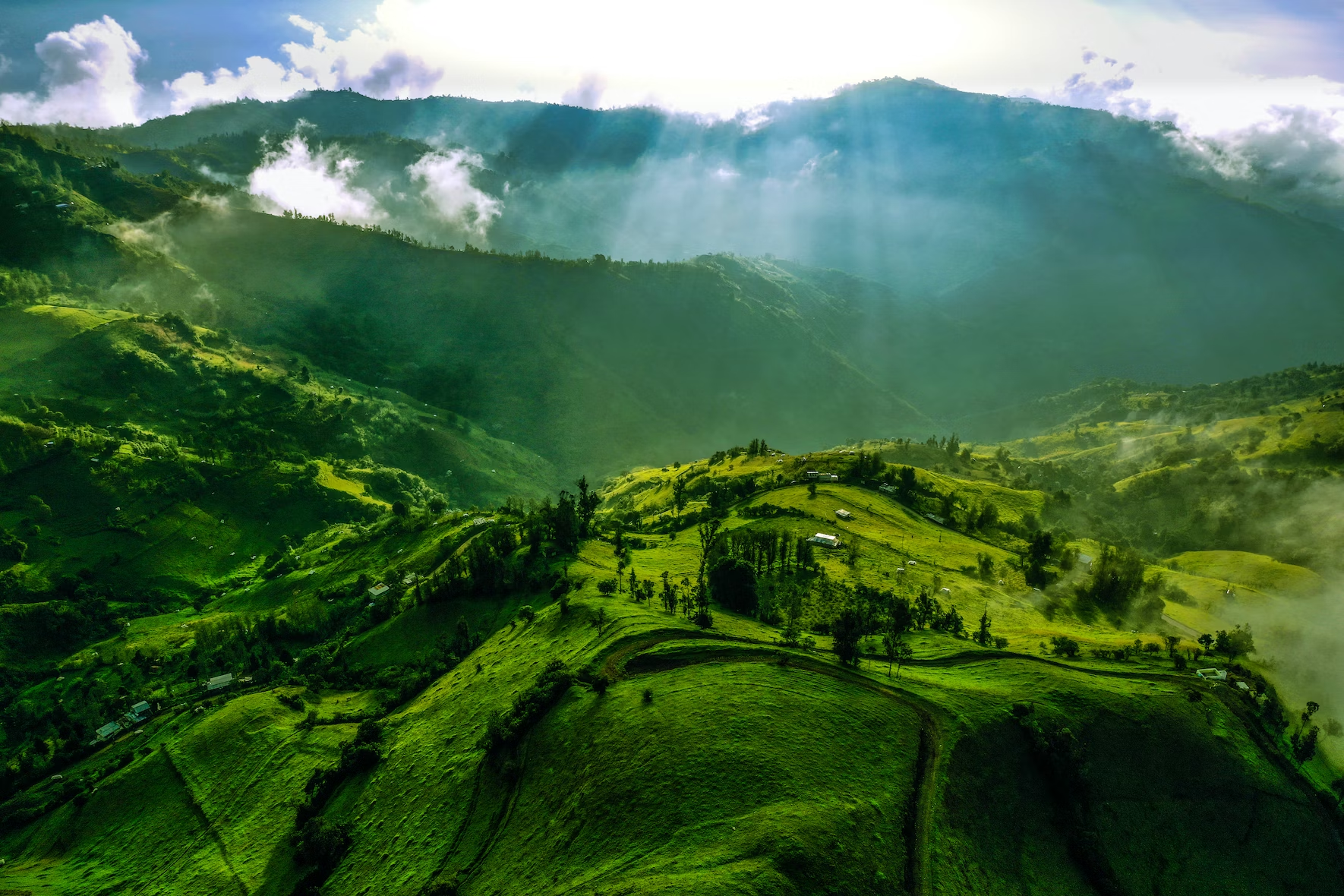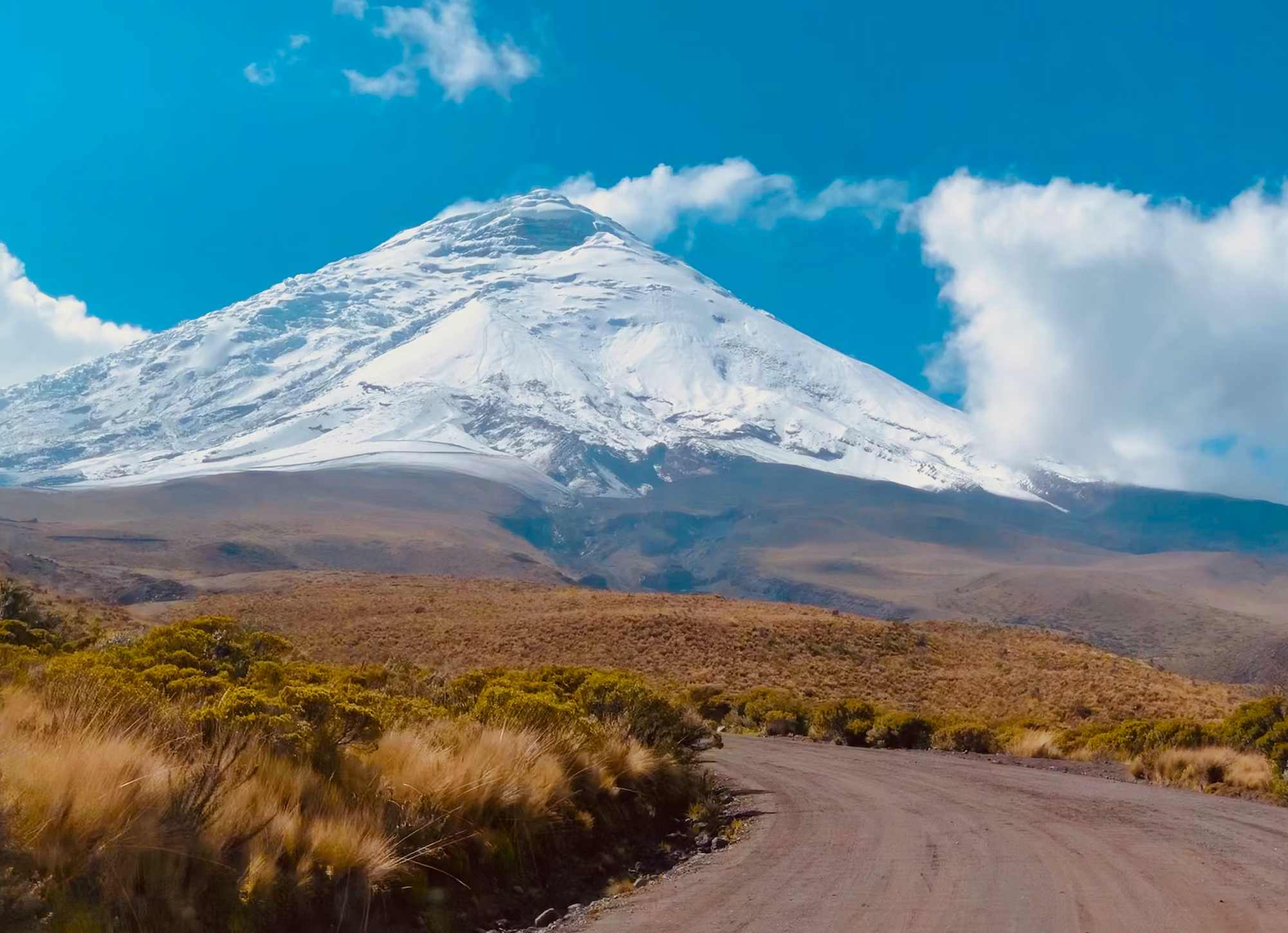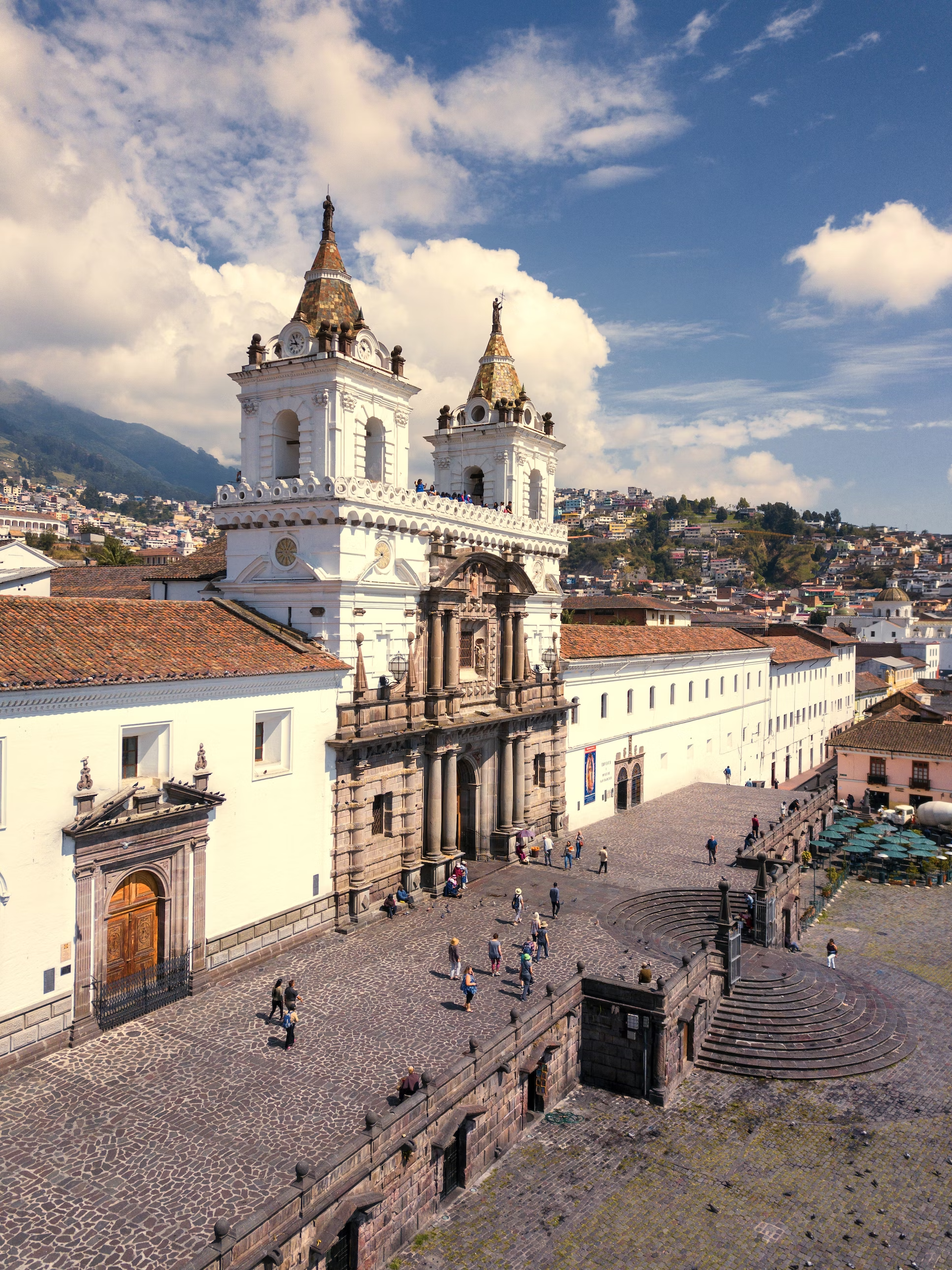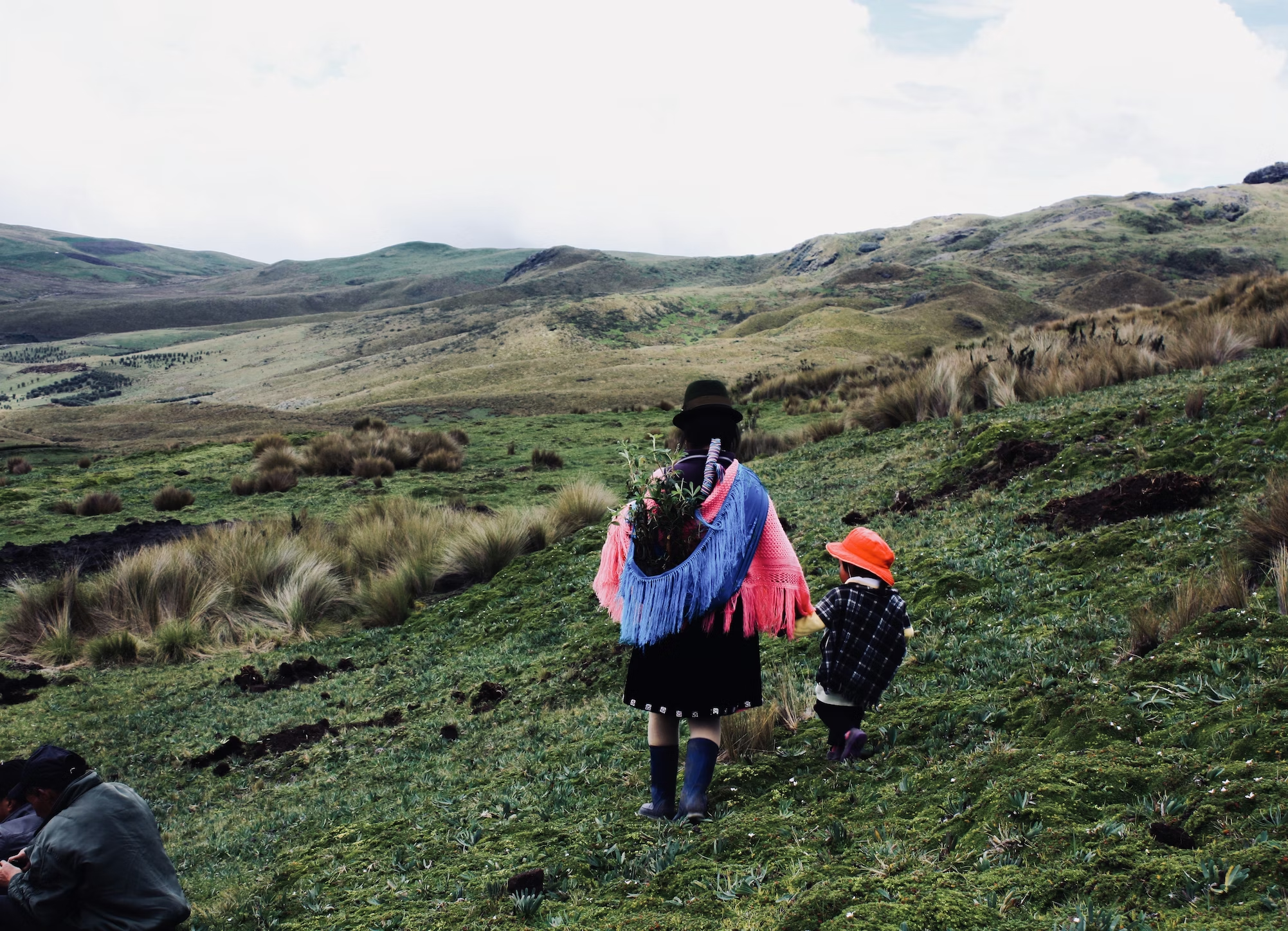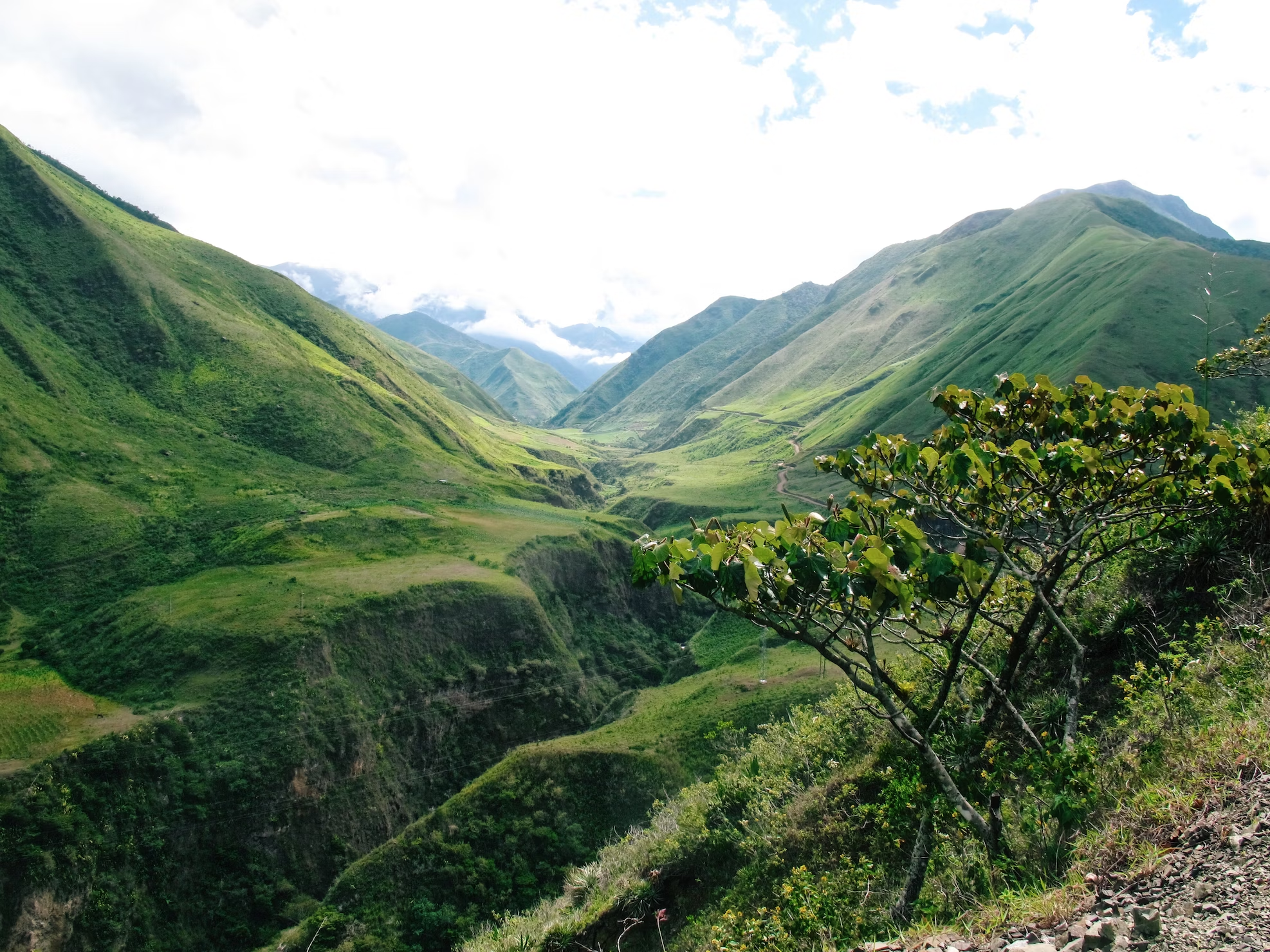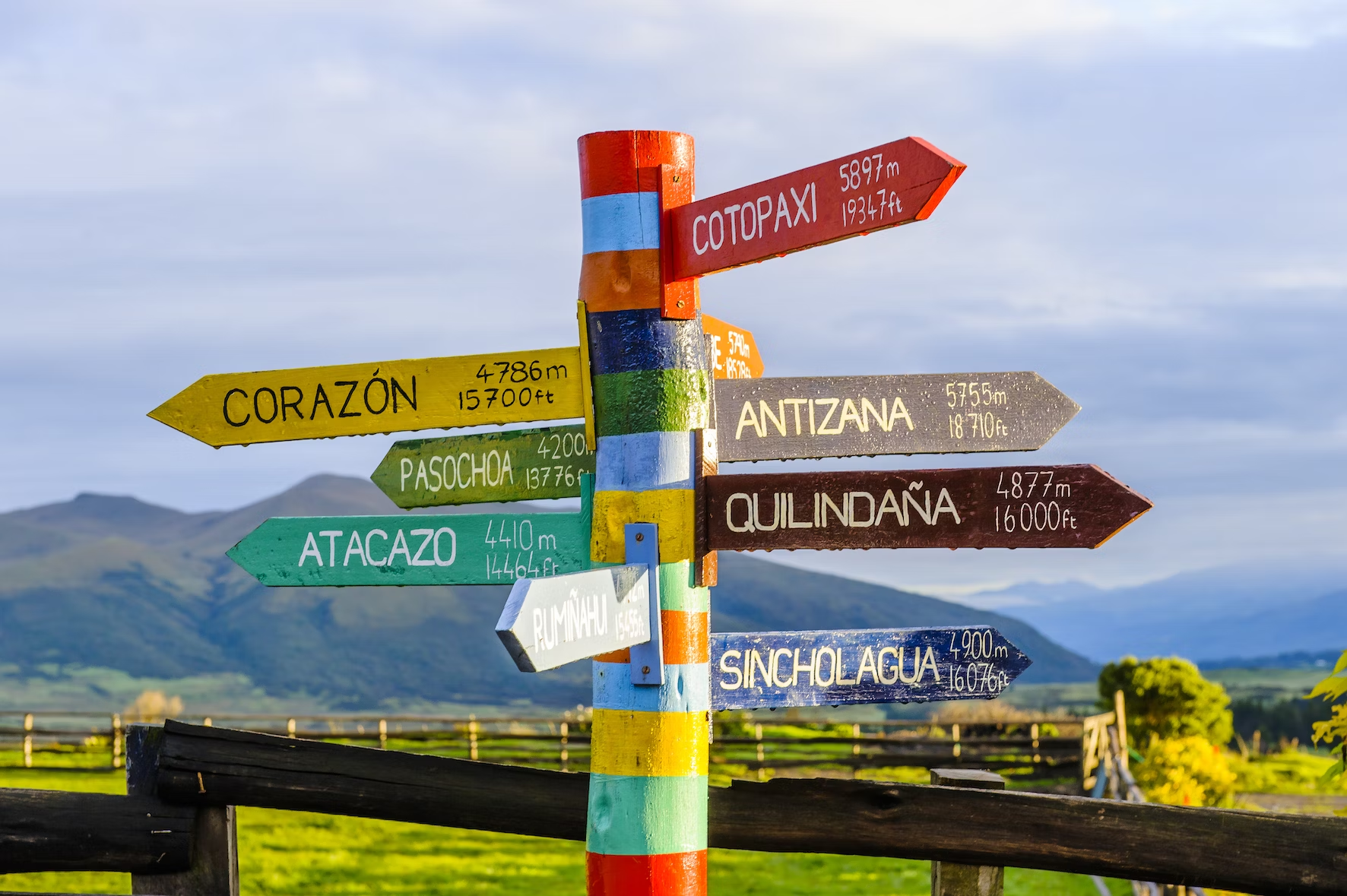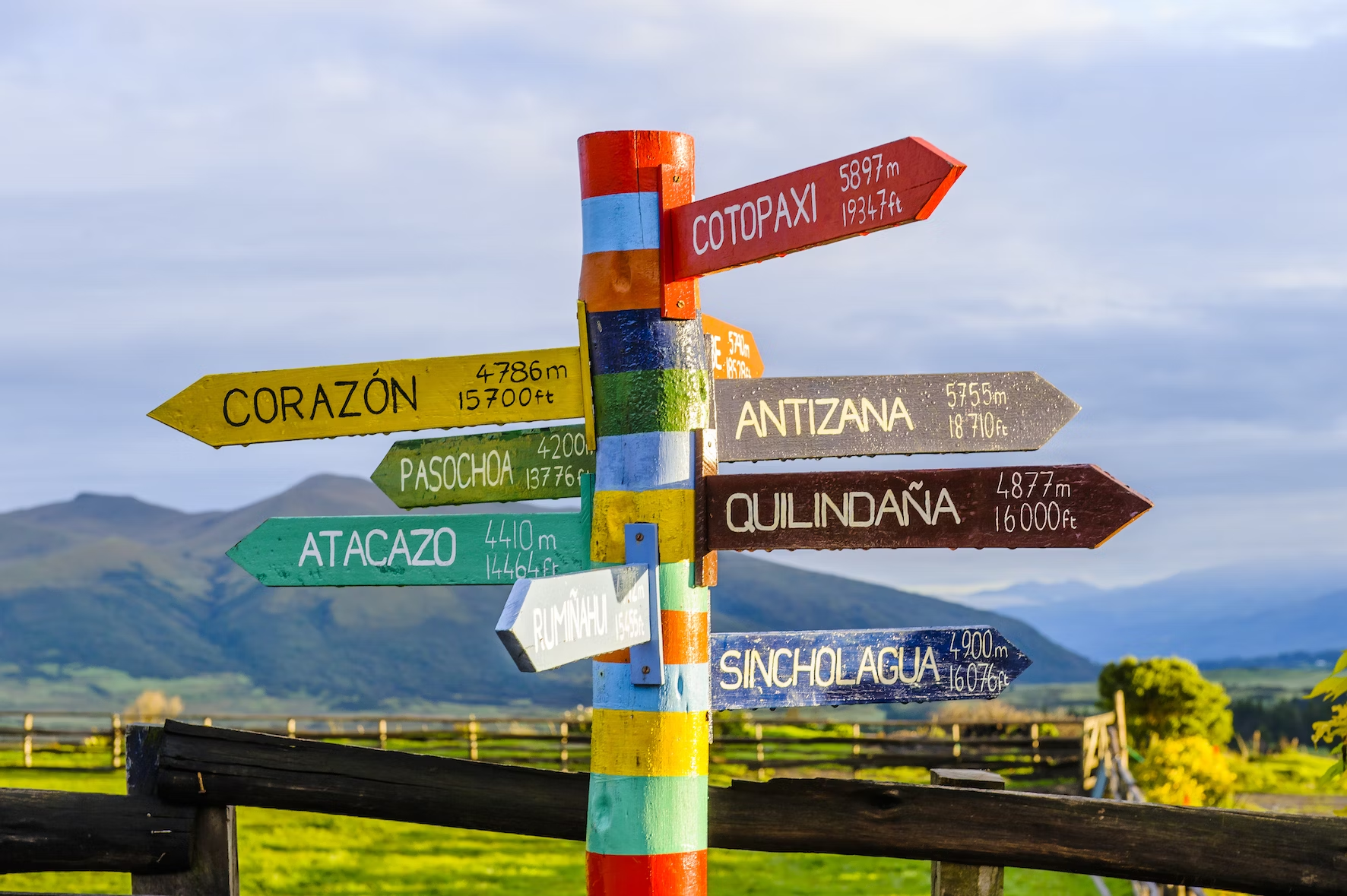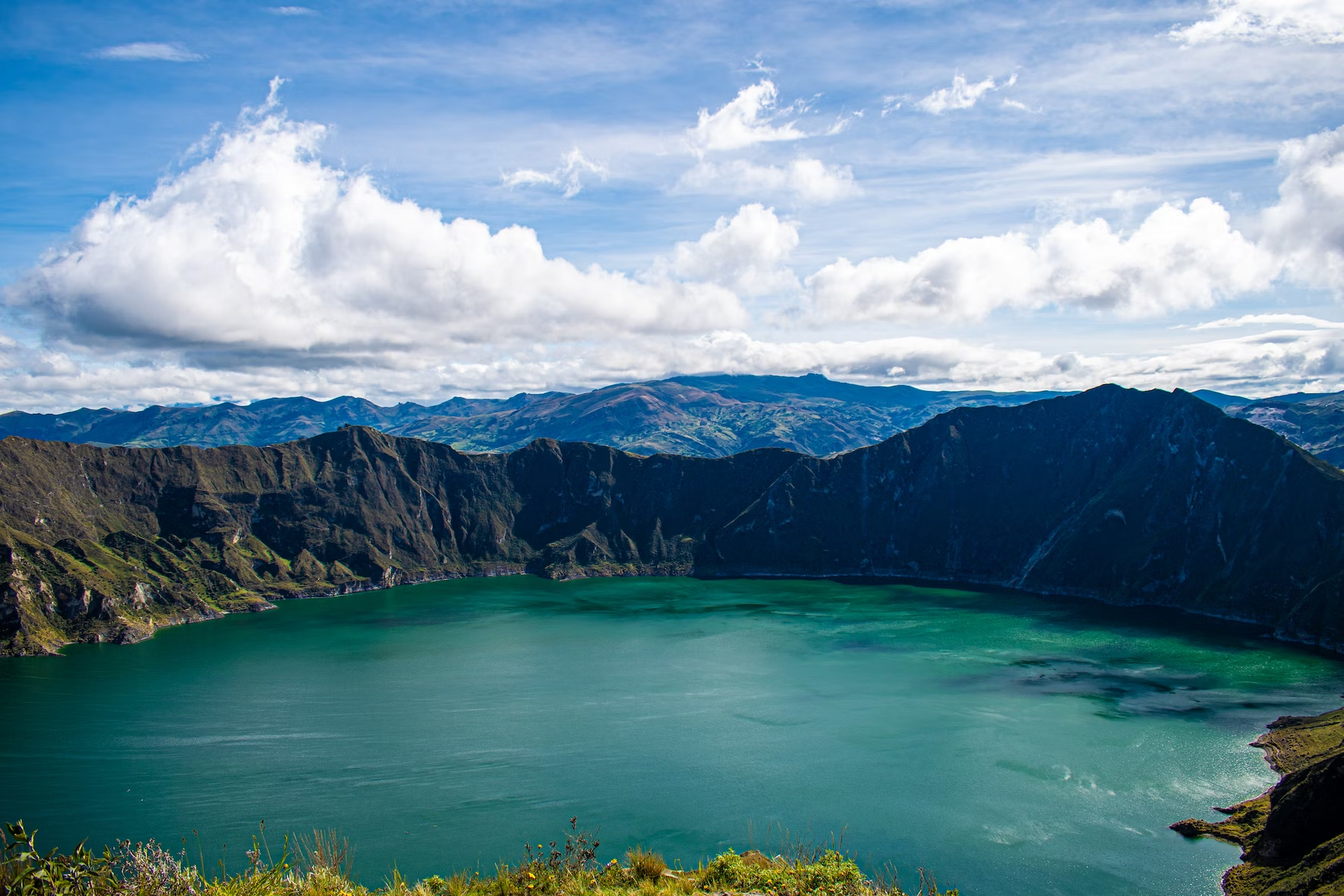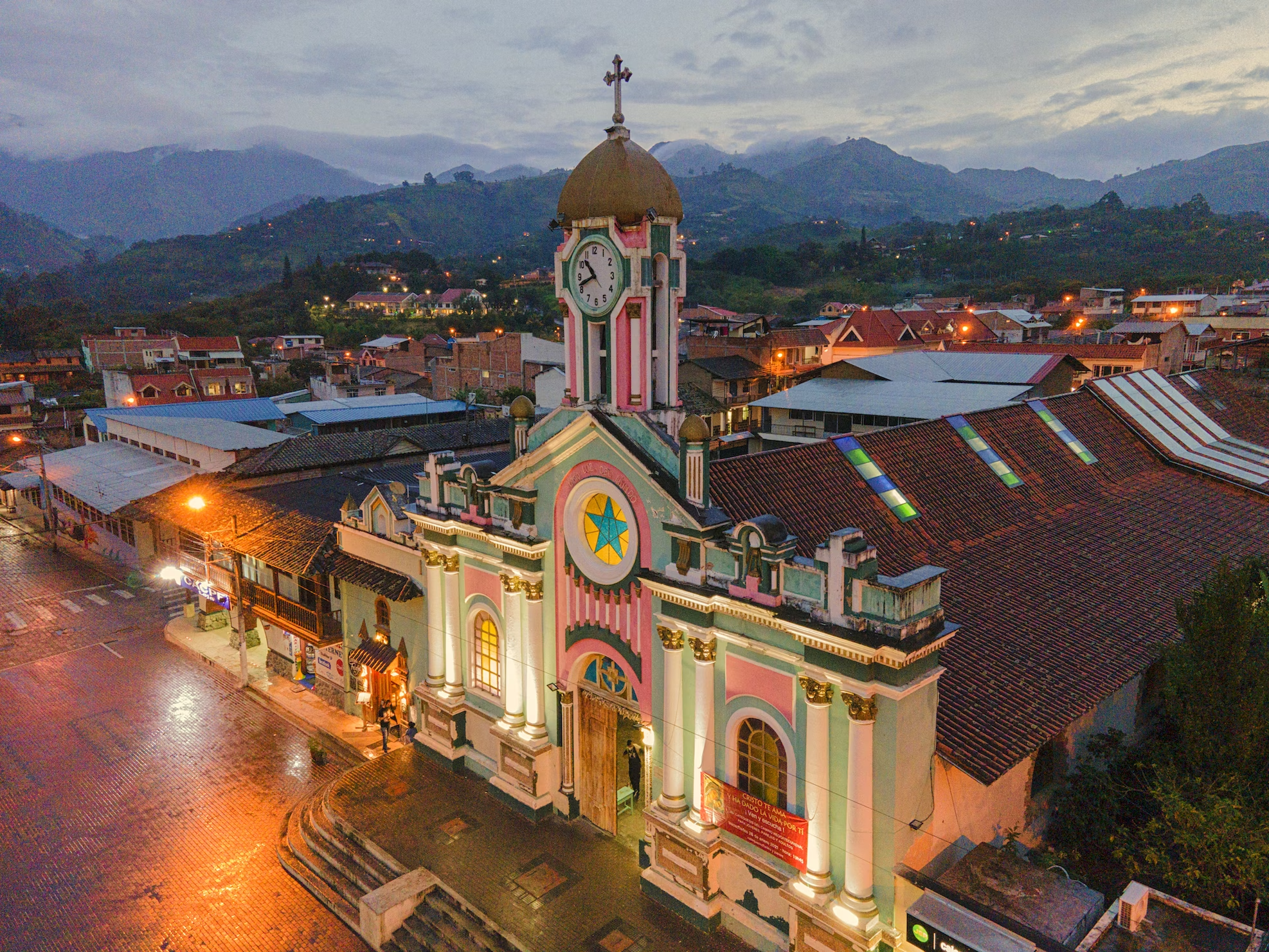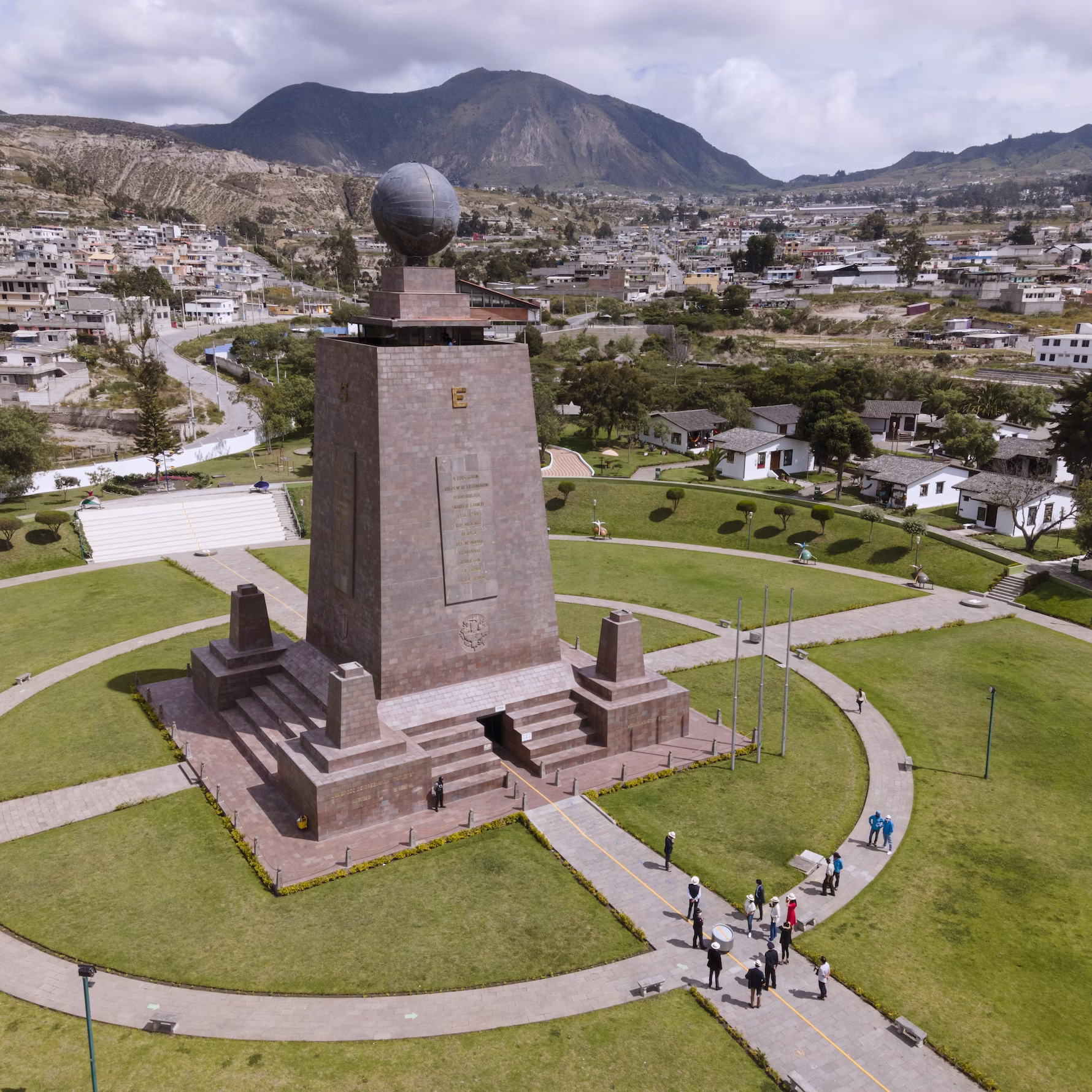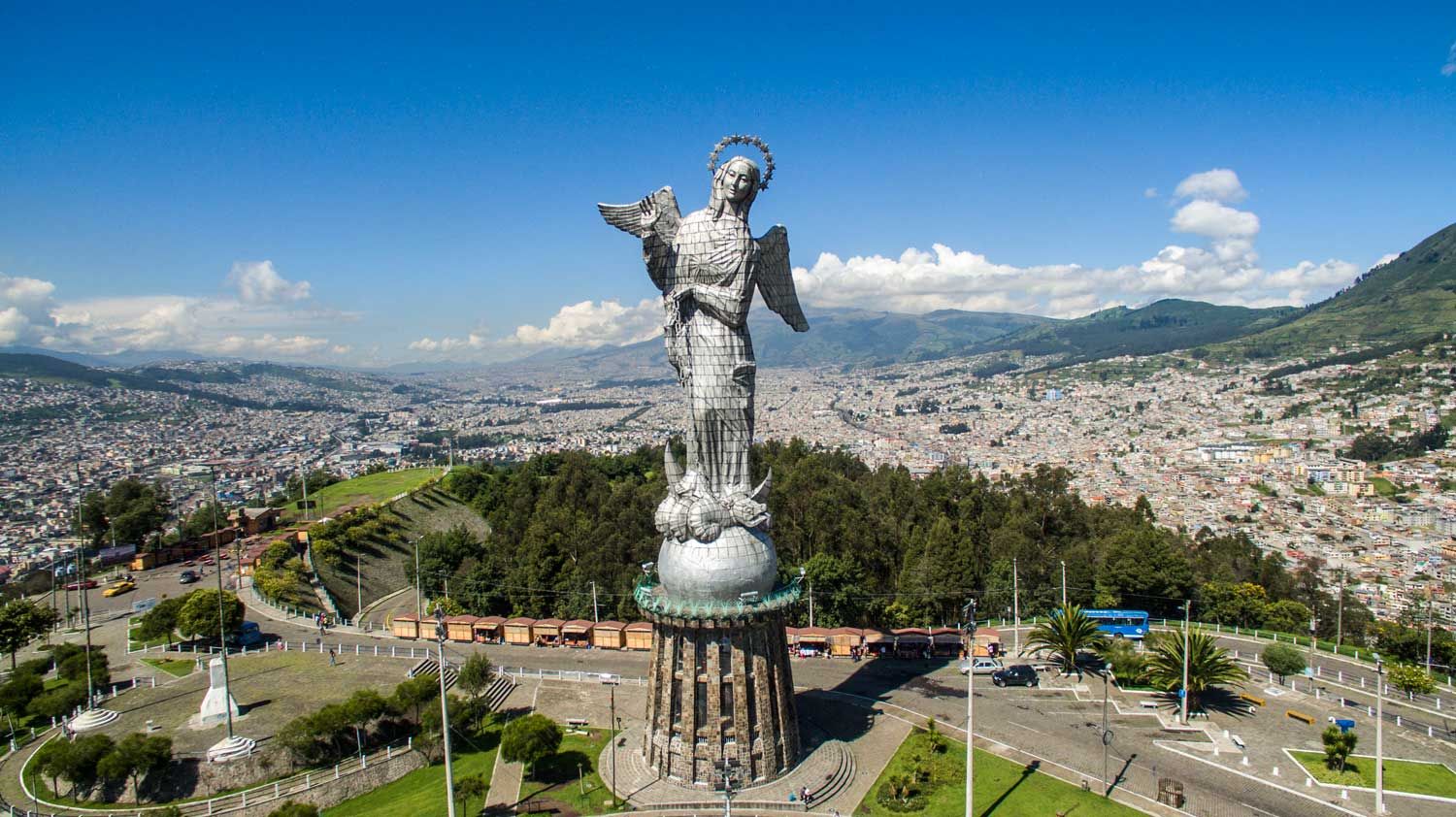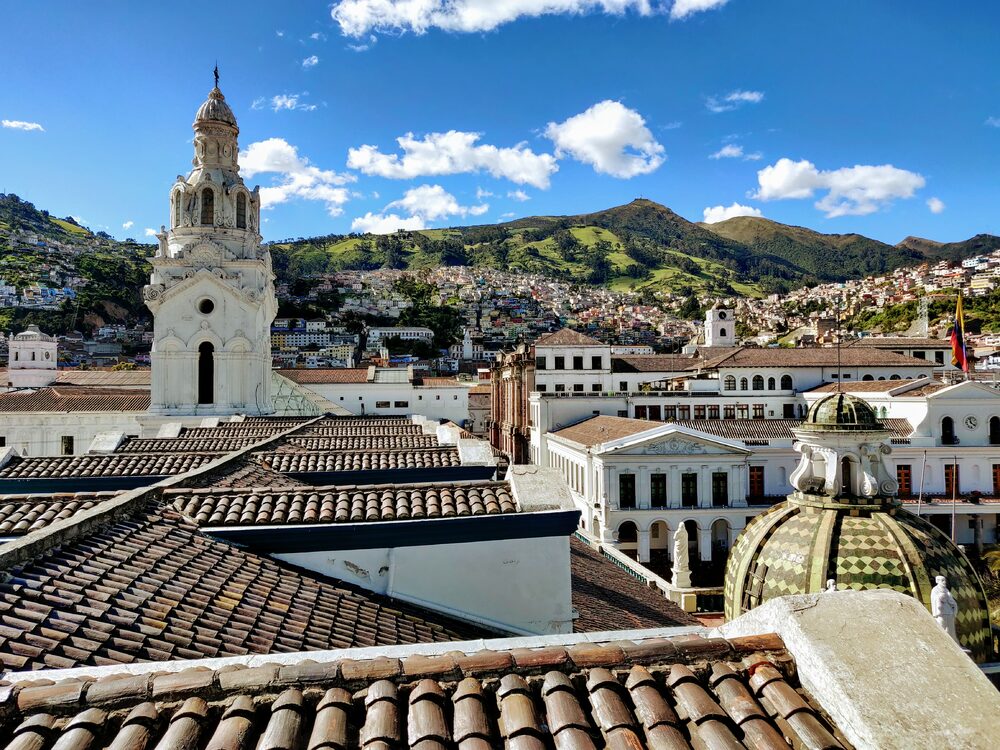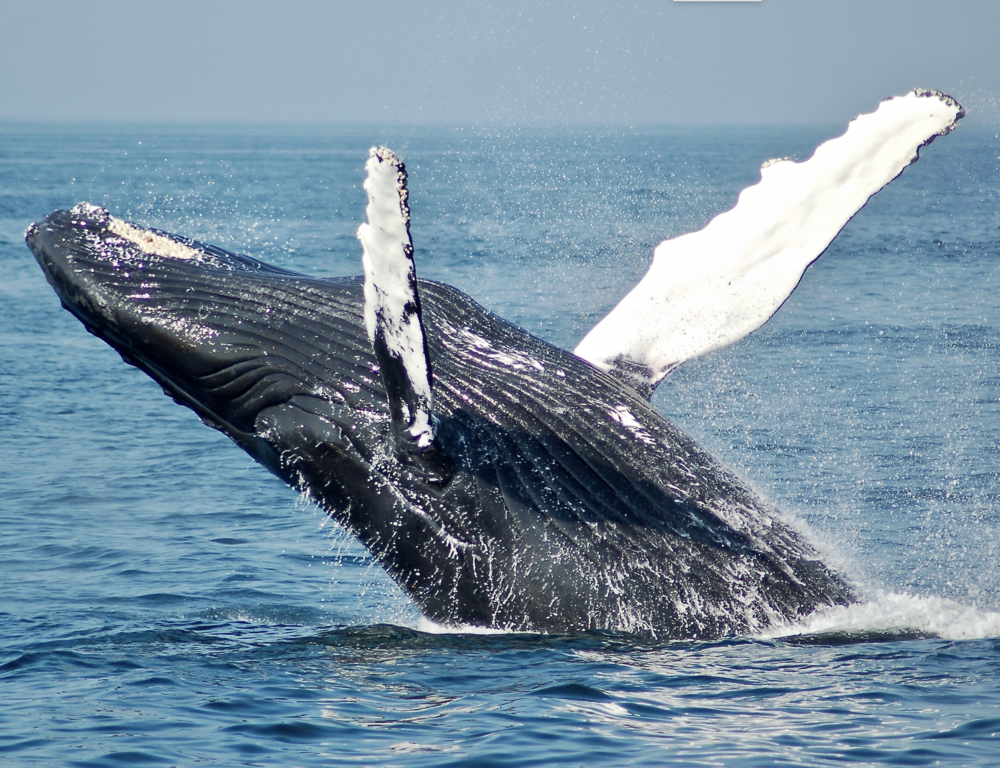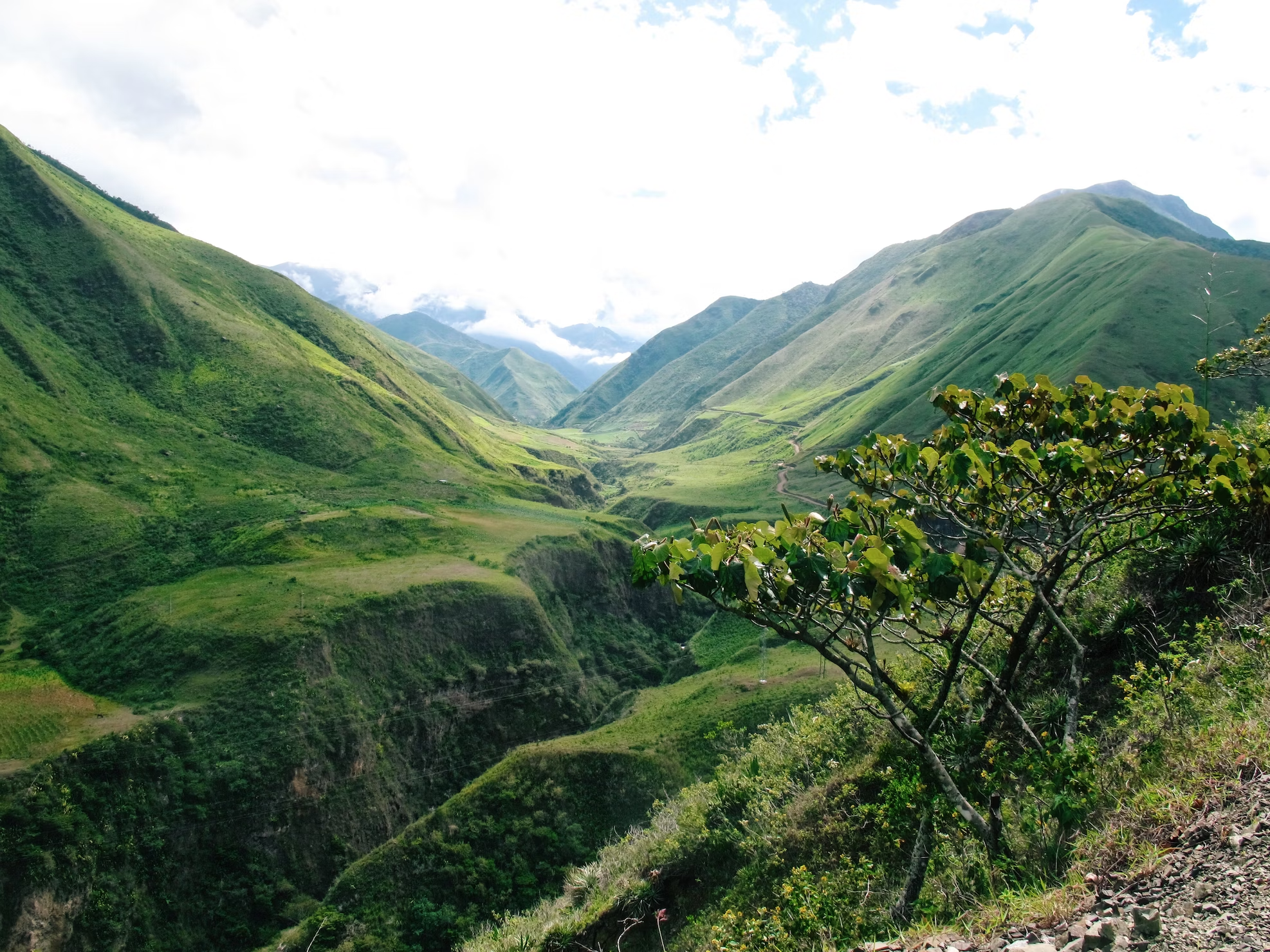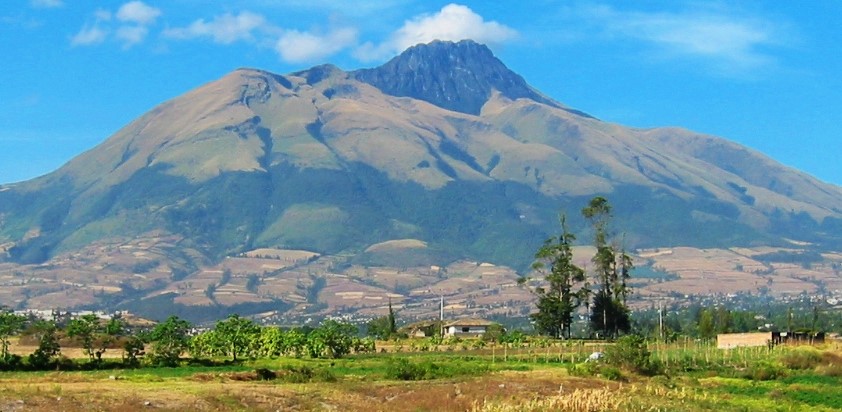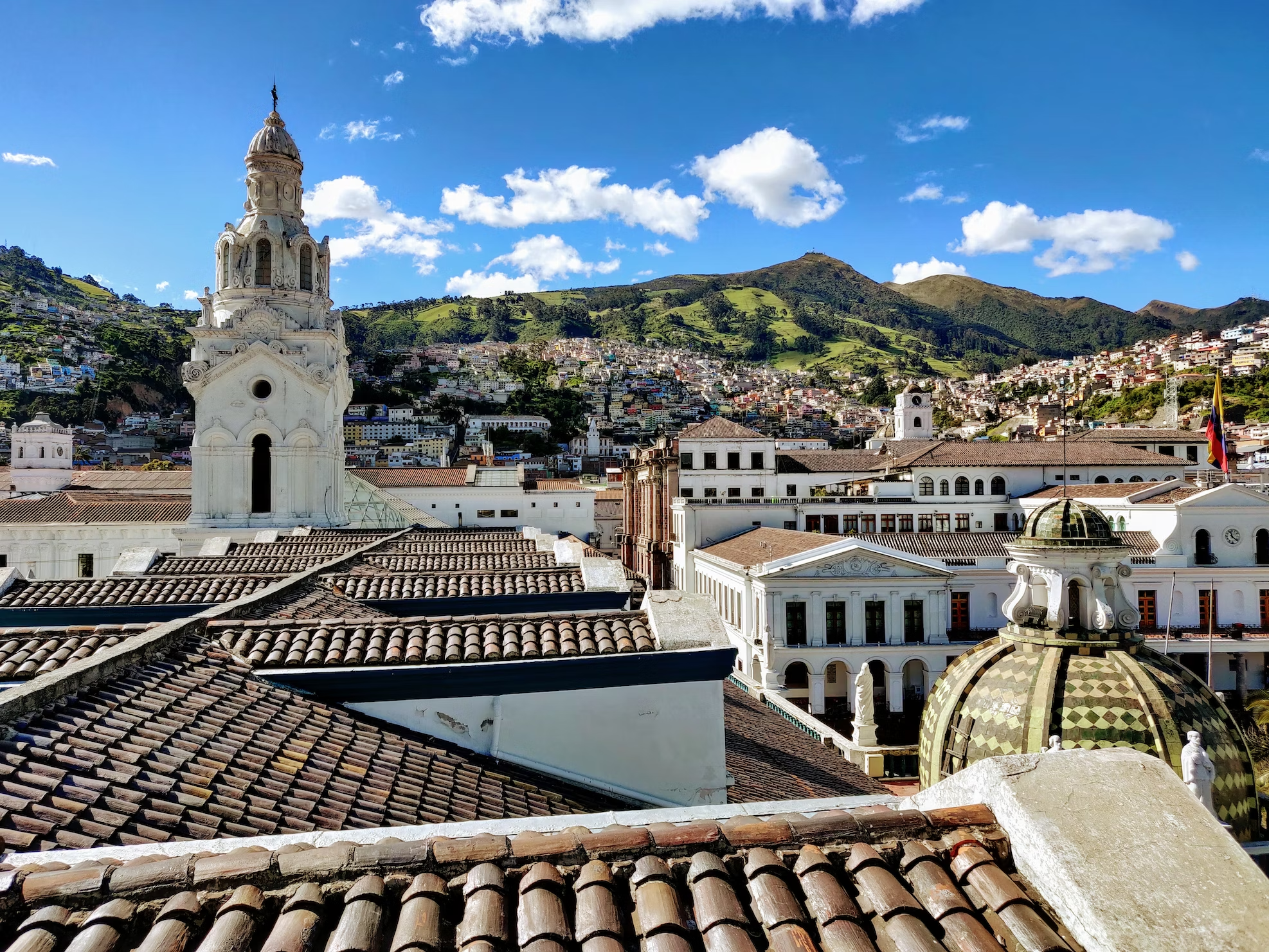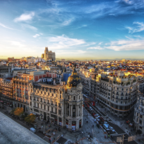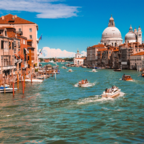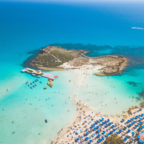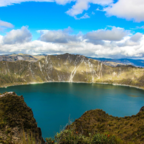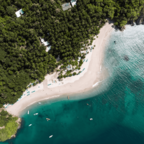Day 2: KITO
Breakfast and City Tour of Quito
Breakfast at the hotel. Then we will proceed to a city tour of Quito, including a visit to the equator line.
The total duration of the excursion day, including travel, is 8 hours.
During the city tour of Quito, you will be able to enjoy impressive panoramas, historical churches, and rooftops, as well as learn about colonial art, architecture, and the culture of the city. Quito, founded in the 16th century on the ruins of an Inca city, is located at an altitude of 2800 m. Even after the earthquake in 1917, the city retained one of the most well-preserved historical centers in Latin America. The architectural elements and rich interiors reflect the Quito Art School, which combines various artistic traditions, including Spanish, Italian, Moorish, and local indigenous art. Masters from this school created masterpieces from stone and wood that depict important religious events. After a one-and-a-half-hour walking tour of the Old Town, it will become clear why Quito was the first city to be included in UNESCO's World Heritage List.
The name "Quito" derives from the Quitu tribe that inhabited this region long before the Spanish colonial period. In 1533, Sebastián de Benalcázar captured the city, which became the capital of the Inca Empire, and in 1541 it was named San Francisco de Quito. The city remained the capital of the Quito region until the end of Spanish colonization. The first order that settled in Quito was the Franciscans. They immediately began constructing a monastery, which became an important center of education and art, having its own schools of painting and sculpture (the Church of San Francisco encompasses these aspects).
On the Plaza Grande are significant buildings of the country: the Cathedral, the Presidential Palace, the Archbishop's Palace, and the Town Hall. We will visit the most beautiful example of the city's colonial style—the Jesuit church with its intricate carvings.
Quito, being a capital city, offers many contrasts that can be observed while strolling through the Old Town and new districts. From the Panecillo viewpoint, where a statue of the Virgin Mary with wings is located, you will get a wonderful view of the entire city.
Next, we will head to the "Middle of the World" (equator line).
There are two locations associated with the equator line, and we will visit both.
Mitad del Mundo City. This tourist and commercial center features a monument dedicated to the geodetic expedition of 1736 that determined the location of the equator line. The "Middle of the World" complex is located in the San Antonio neighborhood, north of downtown Quito, and is owned by the prefecture of Pichincha province. Between 1979 and 1982, a 30-meter monument was erected here, marking the place where the equator was believed to run. However, it has now been discovered that the actual line is located 240 m to the south, thanks to modern GPS technology.
Intiñan Museum. In this museum, we will conduct various experiments that demonstrate the influence of the equator on natural forces. We will also learn about the culture of ancient peoples and see a collection of totems from different cultures of South America. Traditional homes are presented here, including a house that once belonged to an indigenous family.
Return to the hotel. Accommodation in the Royal Suite at Plaza Grande Hotel 5* www.plazagrandequito.com (breakfast included).
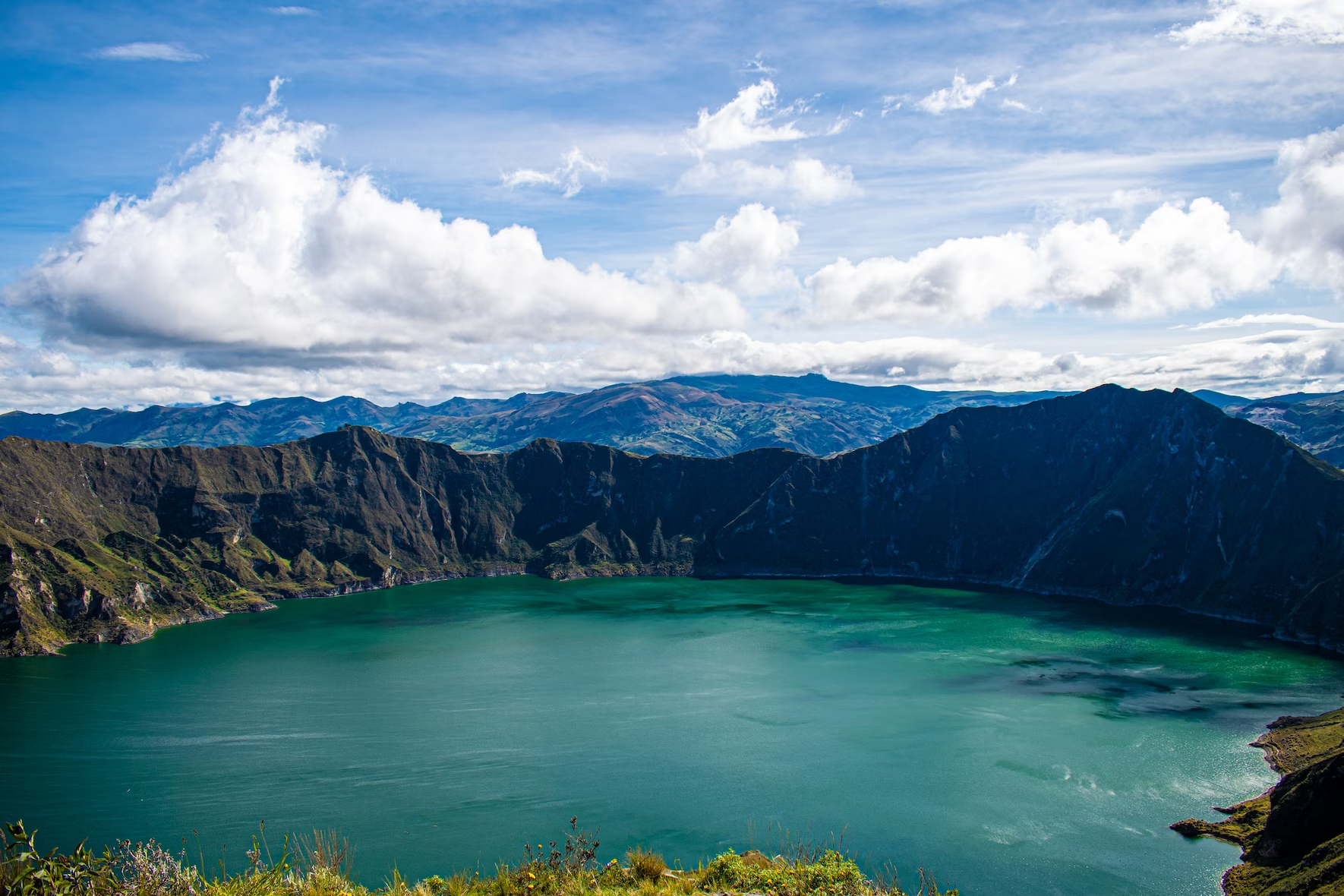
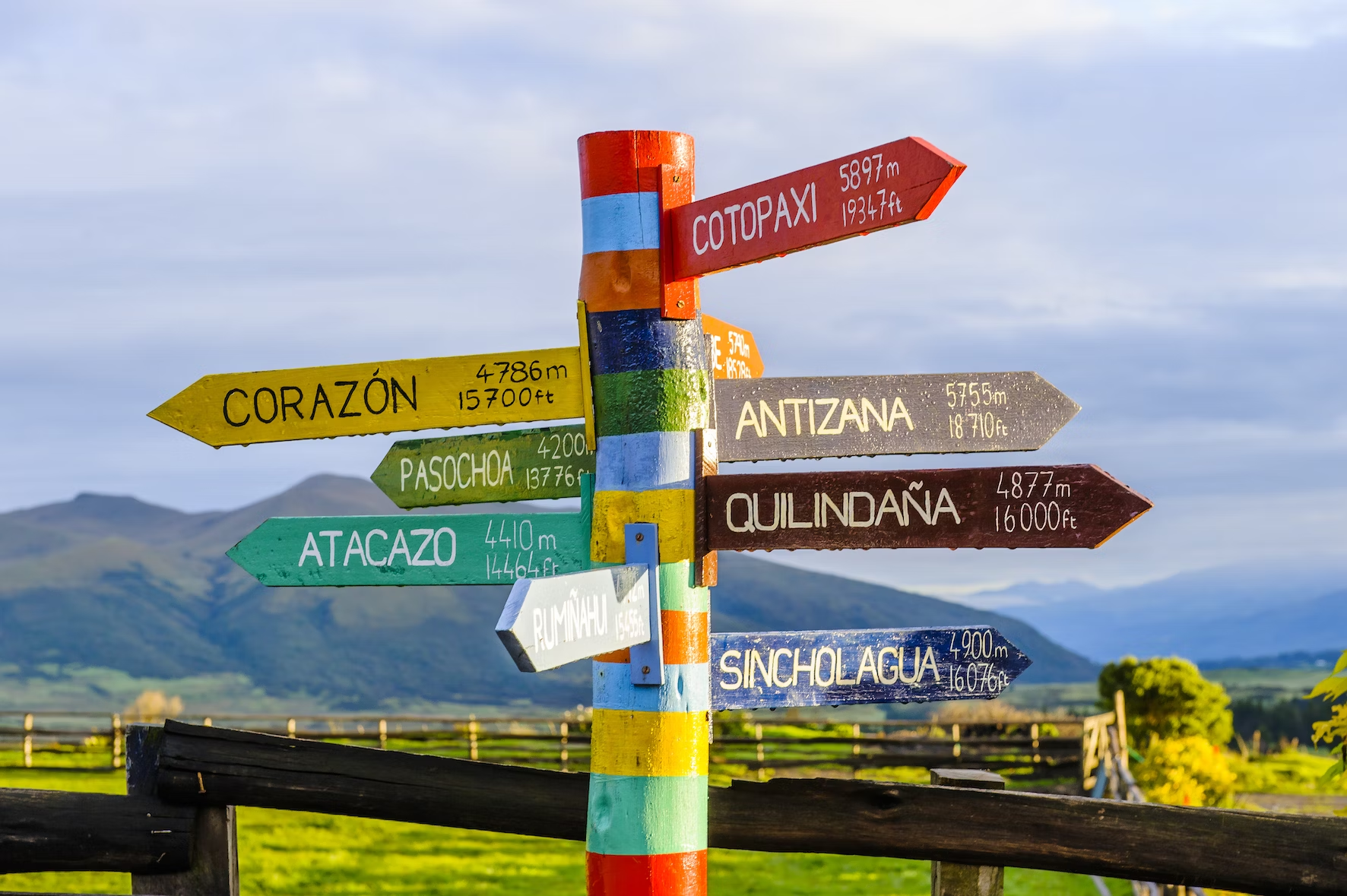








 ios
ios
 android
android

 USD - $
USD - $  EUR - €
EUR - € 
